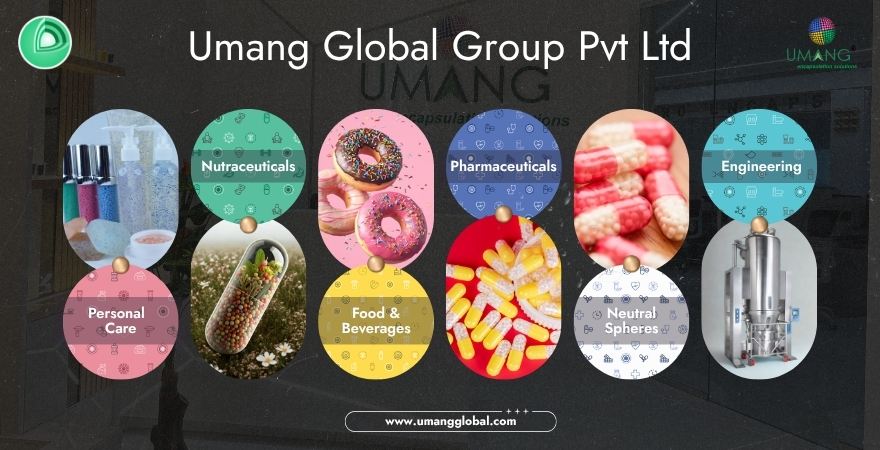
Controlled release/sustained release/delayed release
Various ingredients are available for personal care and nutraceutical applications, but their effective utilization can be challenging. Many herbs, essential oils, extracts, minerals, and vitamins possess storage stability due to sensitivity to external conditions like volatility, oxidation, light exposure, and high temperature. Each ingredient has some stability issues, like essential oil, which is volatile in nature and can evaporate easily in an external environment. Similarly, extracts and vitamins are susceptible to degradation from environmental elements that can deplete their quality over time. Certain liquid ingredients cause difficulty in handling during formulation. Such problems can lessen product quality.
However, active ingredients can be encapsulated in polymeric materials by placing them inside a protective capsule. Encapsulation overcomes all these stability problems associated with the active ingredients. It also protects the ingredients from external factors and ensures their quality. Encapsulation also refers to methods of making ingredients easier to handle by changing liquid components/ingredients into solids/powders or protecting essential oils against further evaporation processes. This technique also facilitates the controlled release of active ingredients, which have a long-lasting effect, and is good for those with sensitive skin as it reduces adverse effects. Additionally, this method lowers ingredient wastage through sustained release thereby enhancing product efficacy. The encapsulated active ingredient provides improved visual effects and preserves the beneficial properties of products.
The solubility of active ingredients increases by encapsulating them, hence making it compatible with other formulation components. These days it has been proven that many more advantages can be achieved with active ingredients that have been encapsulated instead of conventional ones. As a result of these merits, the need for active ingredient encapsulation increases consistently. Encapsulation is quickly gaining pace in various industries such as food, pharmaceuticals, and personal care.
There are Numerous methods of encapsulation:
- Spray drying.
- Freeze drying.
- Coacervation
- Extrusion
- Emulsion solvent evaporation
- Fluid bed coating











